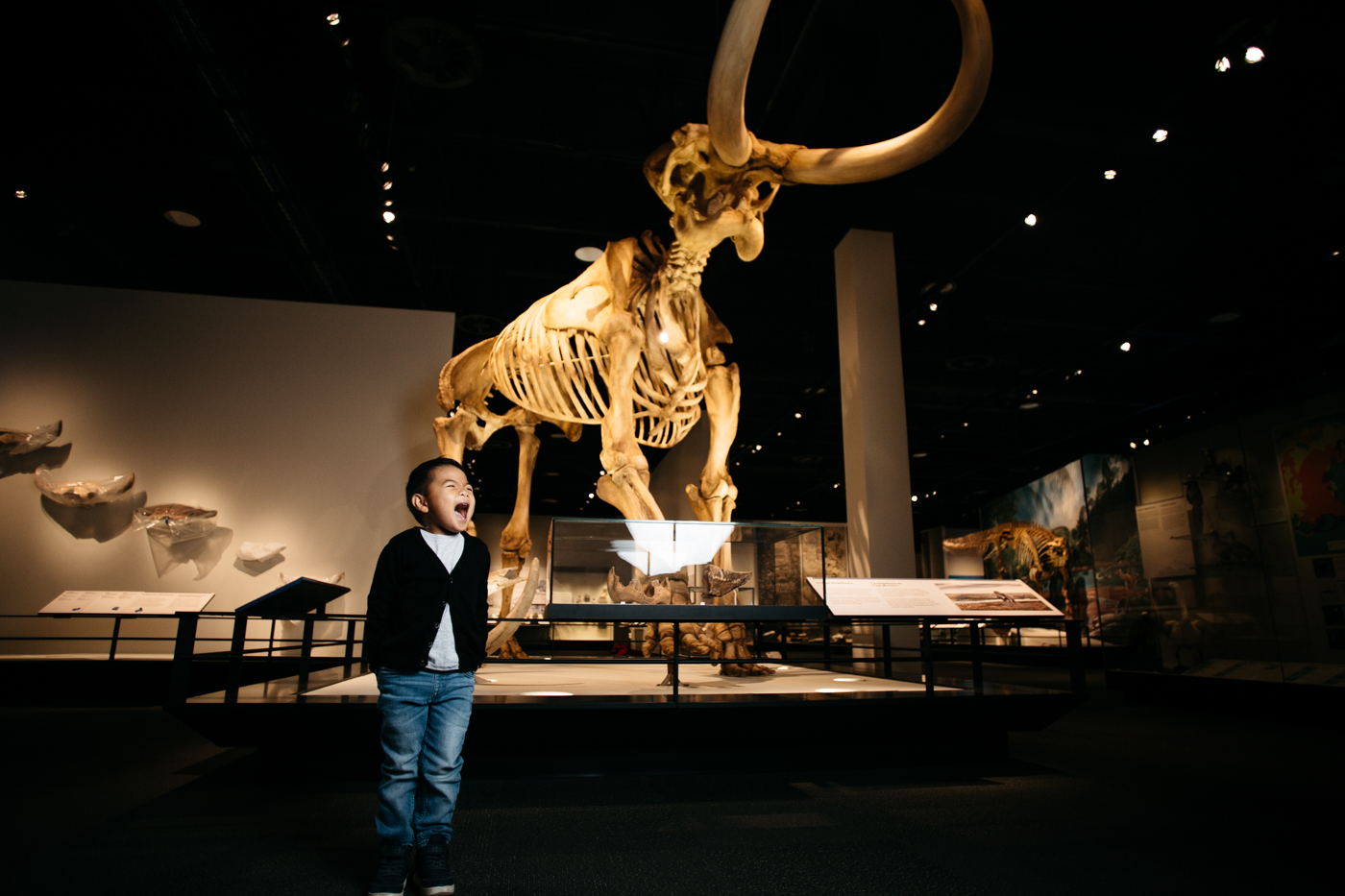In the fall, the Royal Alberta Museum (RAM) worked with the LGBTQ2S+ community to create displays and build community events. They welcomed new Canadians, who are part of the LGBTQ2S+ community, and the feedback was overwhelmingly positive.
“They said it was wonderful to be welcomed into our spaces and to see some of their histories on display and how that would not have been possible in their home countries,” says Meaghan Patterson, the executive director of RAM. “It speaks to that impact museums and cultural spaces can have when you’re really looking to build relationships … as opposed to just getting visitors into the door.”
It’s what Patterson aims to do year-round at the museum: reflect people’s diversity in the exhibits and showcase the museum as a place where people can keep coming throughout the year, all while learning and experiencing new things.
The RAM is the largest museum in Western Canada, and has four permanent galleries that showcase human history, natural history, interactive children’s exhibits and live bugs. The spaces were designed so that staff can continually take portions of exhibits and stories out of the galleries and swap them for something new.
Patterson says that the museum is always working with members of the community — for example, it has a long standing Indigenous advisory panel that’s made up of elders, knowledge keepers and respected community members that ensure the RAM presents stories and histories in an appropriate, accurate and respectful way.
“[Those voices] are integrated into not only the exhibit work we do, but our public programming and school programming and the way we care for our collection and do research,” says Patterson.
Team members deliver curriculum-based learning for all ages of school children. And they work closely with post-secondary institutions from a research standpoint as well with several staff members acting as guest lecturers at the University of Alberta.
Meanwhile, special events happen throughout the year. The museum hosts workshops where people can learn how to pin bird wings, conserve family heirlooms or skin a snake. There’s a monthly sketch night where team members bring objects out from behind closed doors so that people can draw the specimens. Usually, Patterson says, these nights are themed — for Halloween, a two-headed calf appeared.
